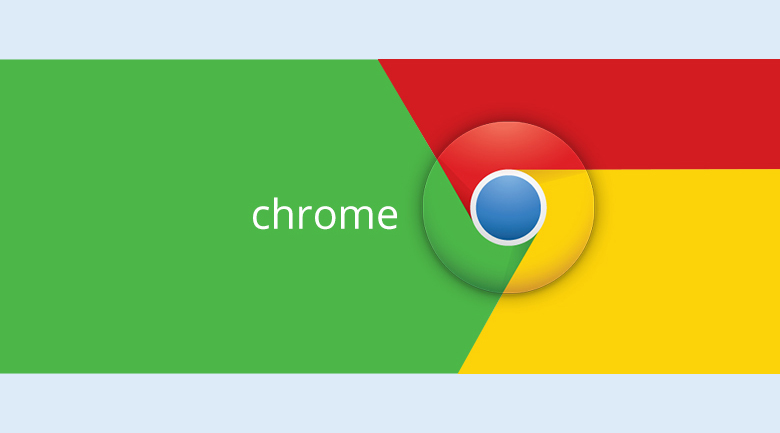
How much do you count on the internet every day?
Maybe you do armloads of shopping on it. Maybe you skip going to the bank because you can tackle the bulk of your finances online. And perhaps you even pay your doctor a visit with it, instead of taking a trip to their office.
The way we use the internet has changed. We rely on it for a wealth of important things. Now more than ever, which makes Cybersecurity Awareness Month more important than ever.
Every October, we proudly take part in Cybersecurity Awareness Month. In partnership with the U.S. Cybersecurity and Infrastructure Agency (CISA) and a host of organizations in the private sector, we shed light on an essential topic—a safer internet.
The time of the internet as a novelty has long passed. The internet isn’t just nice. It’s essential. To the point that it’s a utility, like power or water. With that, a safe internet is a must.
Granted, amid news of data breaches and major hacks, it might seem like the notion of a safer internet is out of your hands. After all, what can you do to make the internet a safer place?
Plenty.
Extra awareness and a few straightforward actions can make your time online far safer than before. And that’s a common theme here on our blog. Even as new threats appear daily, you live in a time where you have some of the most comprehensive and easy-to-use tools to combat them—and keep yourself safe.
With that, Cybersecurity Awareness Month comes with a quick five-step checklist you can run through. Set aside some time this month to knock out each item. You’ll find yourself much more secure from hacks, attacks, and identity theft in the wake of data breaches.
Let’s dive in.
1. Use strong passwords and a password manager to stay on top of them all.
Strong, unique passwords offer another primary line of defense. Yet with all the accounts we have floating around, juggling dozens of strong and unique passwords can feel like a task. Thus the temptation to use (and re-use) simpler passwords. Hackers love this because one password can be the key to several accounts. Instead, try a password manager that can create those passwords for you and safely store them as well. Comprehensive security software like ours will include a password manager.
2. Set your apps and operating system to update automatically.
Updates do all kinds of great things for gaming, streaming, and chatting apps—like adding more features and functionality over time. Updates do something else. They make those apps more secure. Hackers will hammer away at apps to find or create vulnerabilities, which can steal personal info or compromise the device itself. Updates will often include security improvements, in addition to performance improvements.
For your computers and laptops:
For your smartphones:
For your smartphone apps:
3. Know how you can spot a phishing attack.
Whether they come by way of an email, text, direct message, or as bogus ads on social media and in search, phishing attacks remain popular with cybercriminals. Across their various forms, the intent remains the same—to steal personal or account info by posing as a well-known company, organization, or even someone the victim knows. And depending on the info that gets stolen, it can result in a drained bank account, a hijacked social media profile, or any number of different identity crimes.
What makes some phishing attacks so effective is how some hackers can make the phishing emails and sites they use look like the real thing, so learning how to spot phishing attacks has become a valuable skill nowadays. Additionally, comprehensive online protection software will include web protection that can spot bogus links and sites and warn you away from them, even if they look legit.
Some signs of a phishing attack include:
- Email addresses that slightly alter the address of a trusted brand name so it looks close.
- Awkward introductions like a “Dear Sir or Madam,” from your bank.
- Bad spelling and grammar, which indicates the communication is not coming from a professional organization.
- Poor visual design, like stretched logos, mismatched colors, and cheap stock photos.
- Urgent calls to action or threats that pressure you to claim a reward or pay a fine immediately followed by a link to do so.
- Unexpected attachments, such as a “shipping invoice” or “bills,” which hackers use to hide payloads of malware and ransomware.
Again, this can take a sharp eye to spot. When you get emails like these, take a moment to scrutinize them and certainly don’t click on any links.
Another way you can fight back against crooks who phish is to report them. Check out ReportFraud.ftc.gov, which shares reports of phishing and other fraud with law enforcement. Taken with other reports, your info can aid an investigation and help bring charges on a cybercriminal or an organized ring.
4. Multifactor your defense.
Chances are you’re using multi-factor authentication (MFA) on a few of your accounts already, like with your bank or financial institutions. MFA provides an additional layer of protection that makes it much more difficult for a hacker or bad actor to compromise your accounts even if they know your password and username. It’s common nowadays, where an online account will ask you to use an email or a text to your smartphone to as part of your logon process. If you have MFA as an option when logging into your accounts, strongly consider using it.
5. Clean up your personal data online.
How did that scammer get your email address or phone number in the first place? Good chance they bought it off a data broker.
Data brokerages make up a multi-billion-dollar business worldwide. They gather and sort data linked with millions of people globally—and then sell it. To anyone. That could be advertisers, private investigators, and potential employers. That list includes hackers and scammers as well. With your data, they can skim for your contact info so they can hit you with spammy emails, calls, and texts. Worse yet, they can use that info to help them commit identity theft.
Good thing you can get your info removed from those sites. And a service like our Personal Data Cleanup can do the heavy lifting for you. It scans some of the riskiest data broker sites and shows you which ones are selling your personal info. It also provides guidance on how you can remove your data from those sites. With select products, we can even manage the removal for you.
It’s true, you can make the internet a safer place.
How much time do you spend on the internet each day? Between work, home, and the phone you carry around, it’s around 6.5 hours a day on average. You spend plenty of time on the internet. And important time too as you shop, bank, and tend to your health online.
Taking a few moments this month to shore up your security will make that time safer. Despite what you might have thought, you’re more in control of that than you think.





